Ice Stupa – The Artificial Glacier
An innovation is what it takes to change impossible to possible. The Ice Stupa in Ladakh is an example of how innovation can change life. Ice Stupa was innovated by Sonam Wangchuk in Ladakh, India and the project is undertaken by the NGO Students’ Educational and Cultural Movement of Ladakh. Ice Stupa is a form of glacier grafting technique that creates artificial glaciers, used for storing winter water (which otherwise goes waste) in form of conical shaped ice heap. During summer, when water is scarce, the Ice Stupa melts to increase water supply for crops.
The problem
Ladakh is a cold desert at an average altitude of more than 3000 m and during winter agriculture is not practiced due to frozen ground soil and low air temperature. During spring season, water requirement for sowing increases whereas streams dry up. With annual rainfall of less than 100 mm, agriculture in Ladakh is solely dependent on snow and glacier melt water. Human settlements are almost always located around glacial streams which feed into the Indus and other rivers as tributaries. Due to climate change, the region experiences hotter summers with increase in melts along with shift in the timing and precipitation of the melts. Subsequently, during the spring season water is scarcer which in turn impacts agriculture and food supplies.
Most villages face acute water shortage, particularly during the two crucial months of April and May when there is little water in the streams and all the villagers compete to water their newly planted crops. By mid-June there is an excess of water and even flash flooding due to the fast melting of the snow and glaciers in the mountains. By mid-September all farming activities end, and yet a smaller stream flows throughout the winter steadily but wastefully going into the Indus River without being of use to anybody. The idea behind artificial glaciers is to freeze and hold the water that keeps flowing and wasting away down the streams and into the rivers throughout the winter. Instead, this ice will melt in the springtime, just when the fields need watering.
The solution
The idea is very simple and needs no pumps or power. Since water has the tendency to maintain its level, therefore water is piped from 60m upstream that rise close to 60m up from ground when it reaches the village. Then it is made to fall from that height in cold Ladakhi winter nights when it is -30 to -50°C outside (with wind chill factor). The water would freeze by the time it reaches the ground and slowly form a huge cone or Ice Stupa roughly 30 to 50m high. In reality tower structure is also not required as the piped water first freeze at the ground level and then mount higher meter by meter as the thickness of the ice grows, finally reaching close to the height of the source.
The idea is also to conserve this tower of ice as long into the summer as possible so that as it melts, it feeds the fields until the real glacial melt waters start flowing in June. Since these ice cones extend vertically upwards towards the sun, they receive fewer of the sun’s rays per the volume of water stored; hence, they will take much longer to melt compared to an artificial glacier of the same volume formed horizontally on a flat surface.
The Experience
It was really an amazing experience to actually witness the innovation. I was amazed by the first look of the stupas and was in a state of awe. An idea that emerged through a live example was converted into reality by Mr. Sonam Wangchuk. The Ice Stupa was a practical solution to the problems being faced by villagers and on the other side it was a visual delight as well. The different form in which the ice gets formed was a spectacular sight. I went inside the stupa and was overwhelmed with the sheer beauty of the structure. The crystal like formation looked like grand chandeliers. It appeared like a different world and I wish success to this beautiful project. A must visit place in Ladakh when you are there in winter.






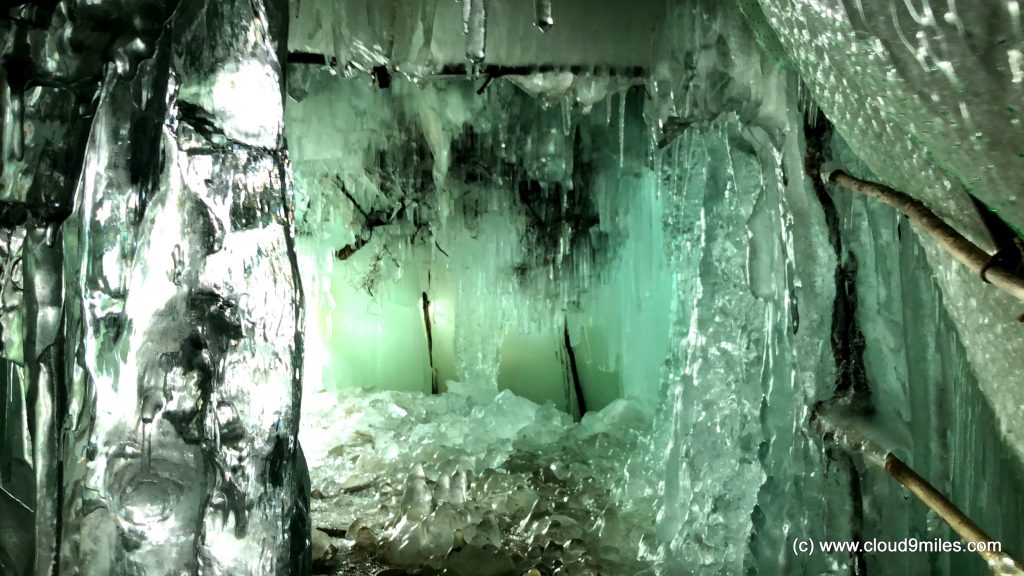


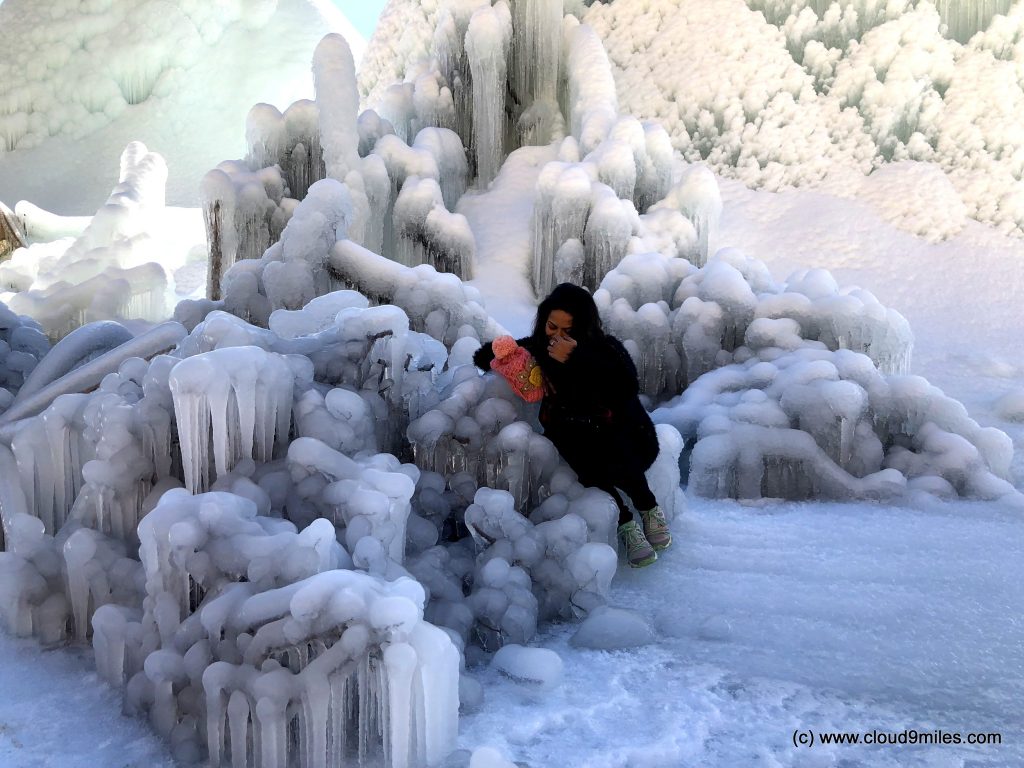

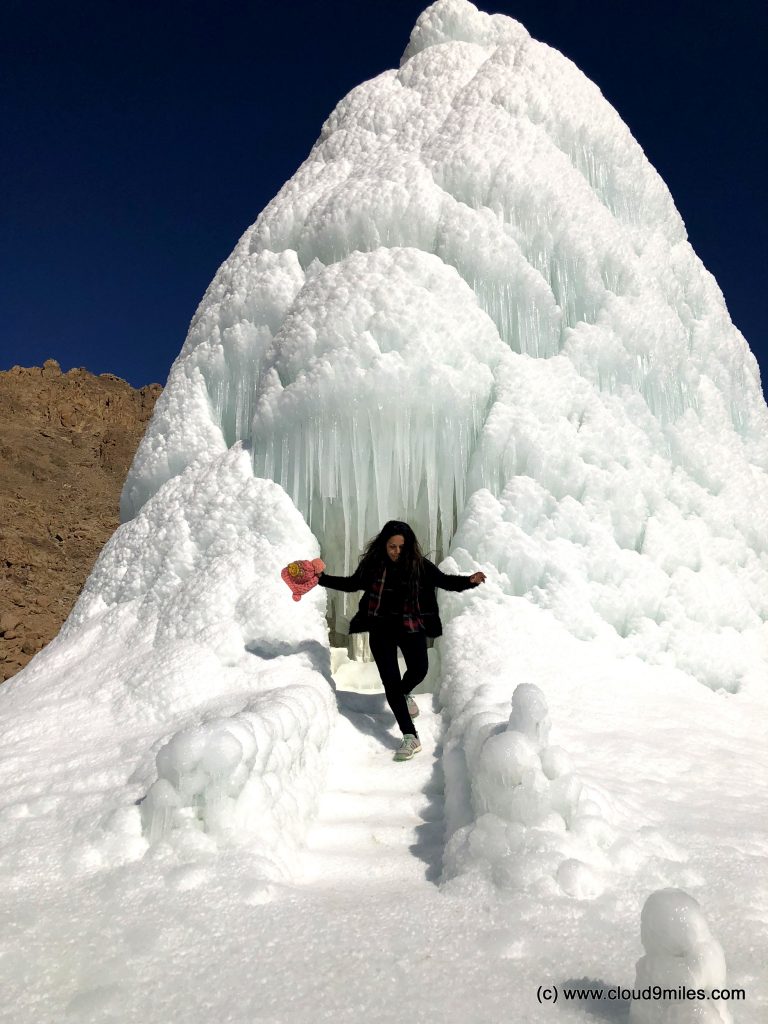

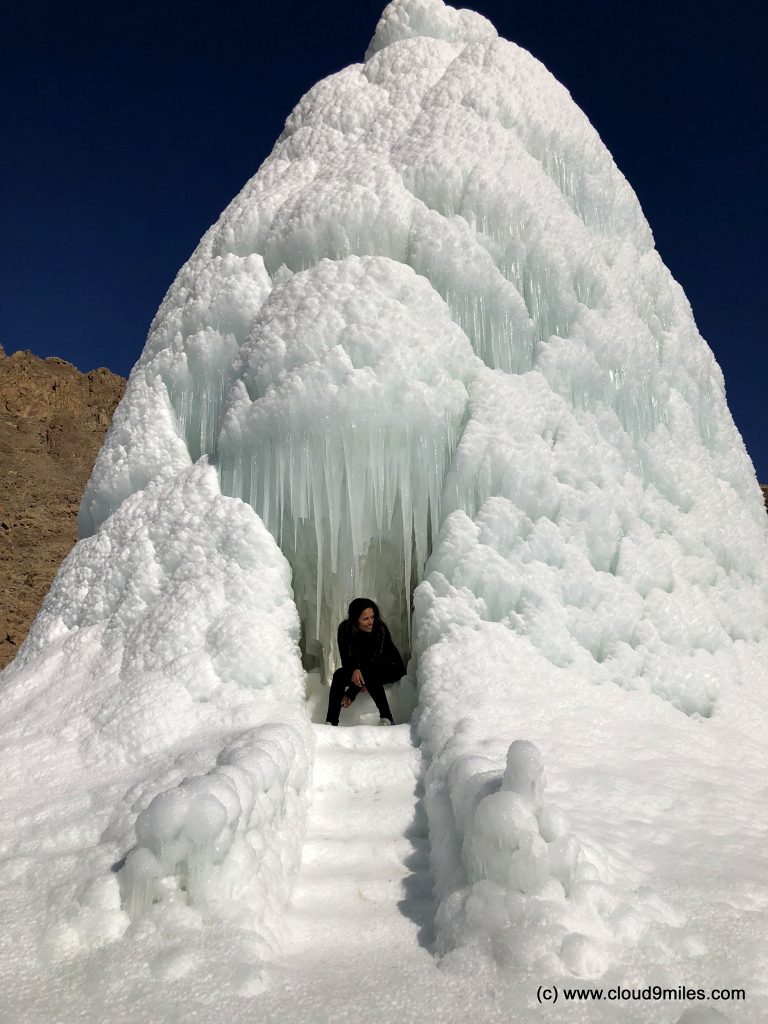
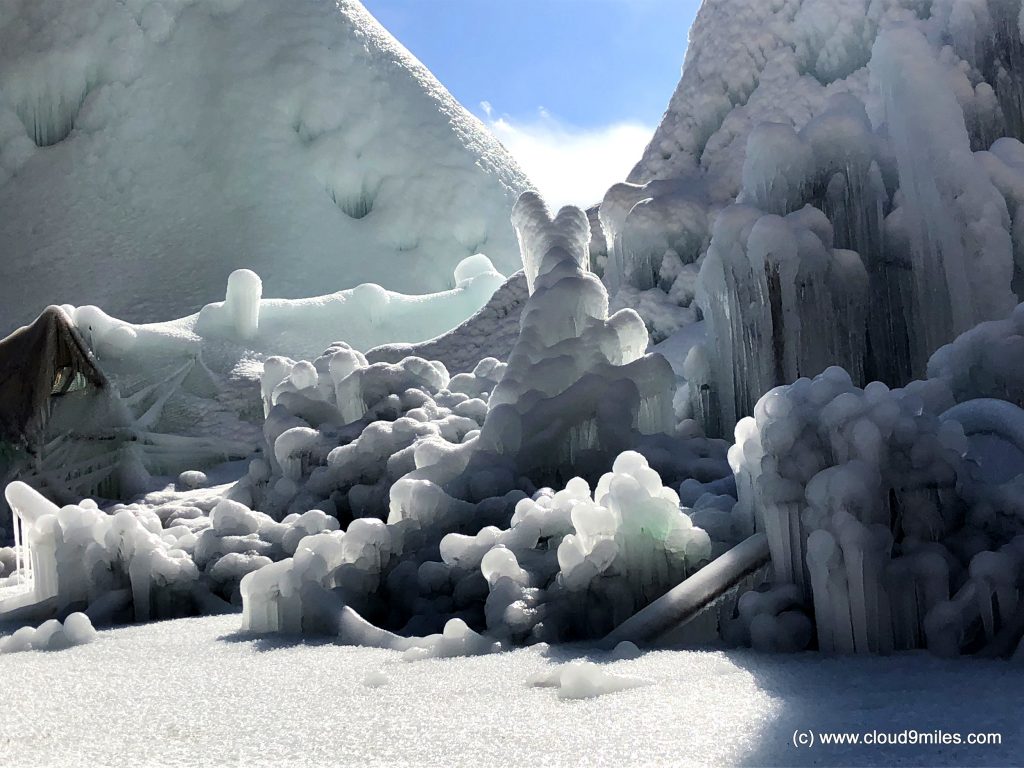








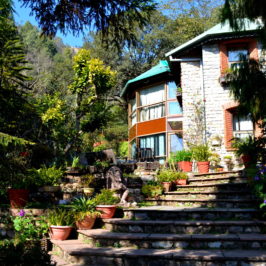
Leave a Reply